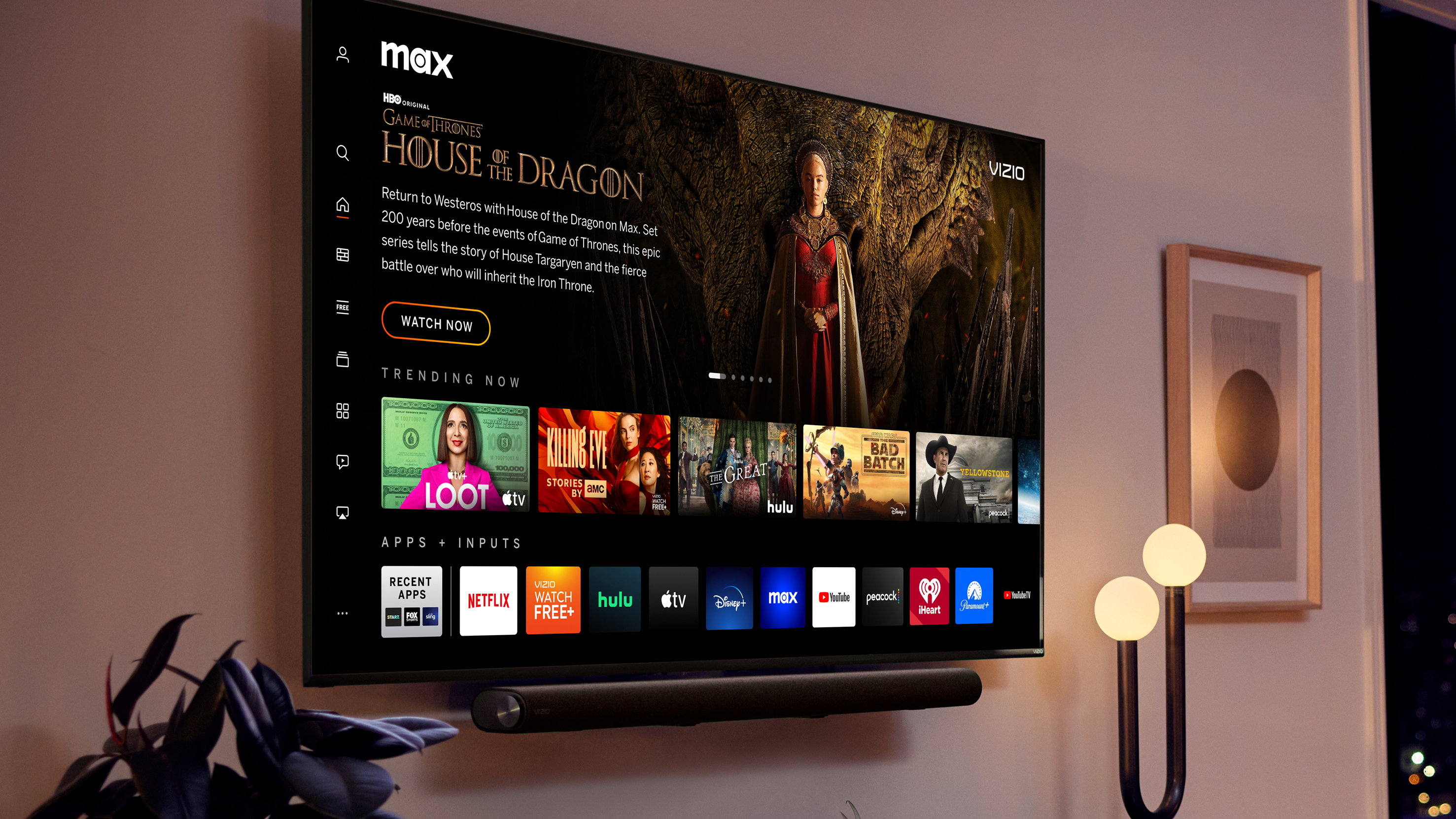
Streaming has increased its share of viewing time in U.S. households by 6% in the third quarter compared to a year ago, according to a new report from Vizio’s Inscape data unit.
The share of viewing time spent streaming has increased to 55.9% from 46% since Q3 2021, Inscape said, while cable and satellite’s share has fallen from 44.3% to 34.9%.
At the same time, the number of native streaming apps installed on smart TV sets in households has more than doubled to 5.4 apps.
The share of viewers who only stream content has risen to 54% from 45% at the end of 2021.
Inscape notes that for marketers, this means 54% of smart TV viewers, who make up 65% of smart-TV viewing time, are not reachable by traditional cable, satellite or over-the-air advertising.
Brands should prioritize diversification across marketing efforts, especially given that most streaming platforms are experimenting with ad-supported tiers, the Inscape report said.
While a lot of attention has focused on cord-cutting and cord-nevers, Inscape also notes that many people who still subscribe to pay TV spend nearly all of their time watching streaming content.
Inscape calls these households “quiet quitters” and found that in Q3, 5.7% of cable and satellite subscribers who didn’t watch cable and satellite programming rose to 5.7% from 5.3% in Q2.
Meanwhile, the percentage of smart-TV owners who both stream and watch content via cable and satellite is dwindling, down to 41% in Q3 from 46% in 2021.
In Q3 2023, 94% of total streaming time was driven by viewers who only (64.6%) or mostly (29%) streamed on their smart TVs.
Still bucking the streaming trends are sports and news.
Inscape found that 76.7% of sports viewing and 81.8% of news viewing were still occurring on traditional TV.







